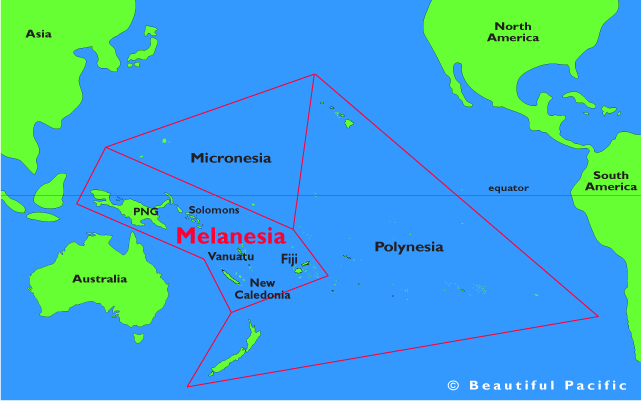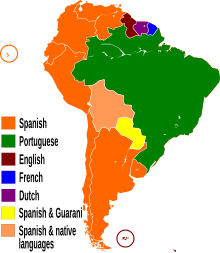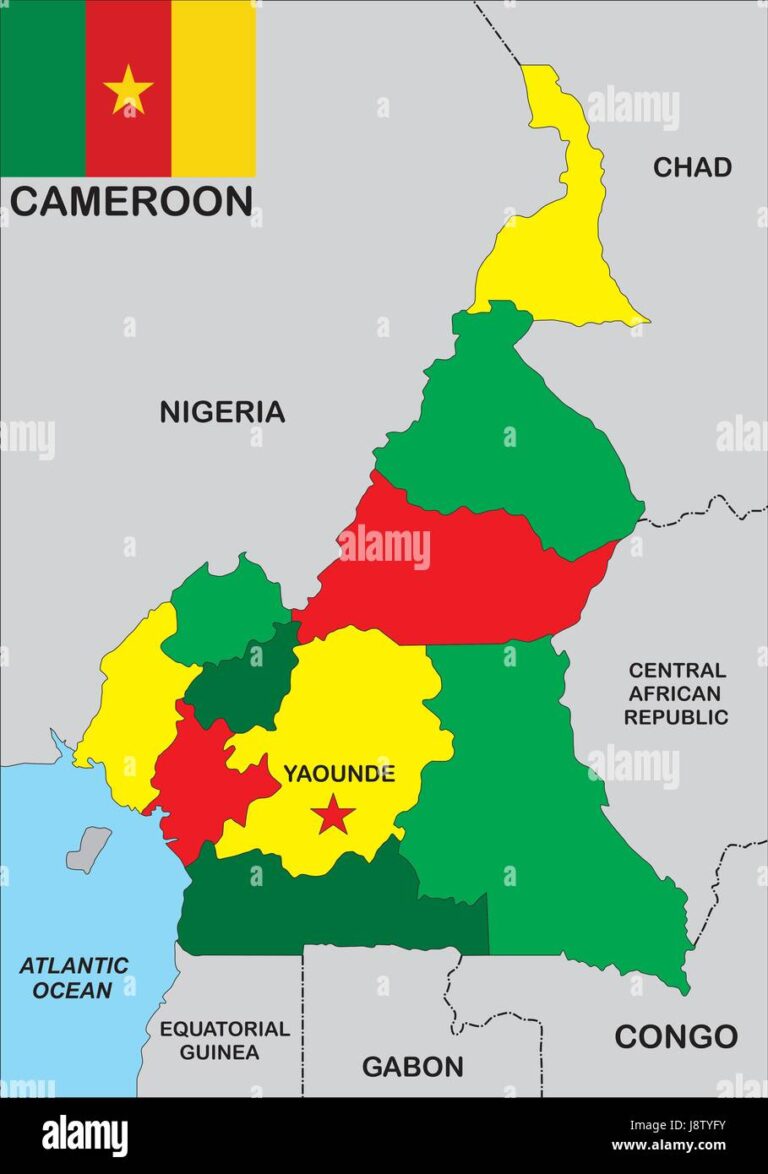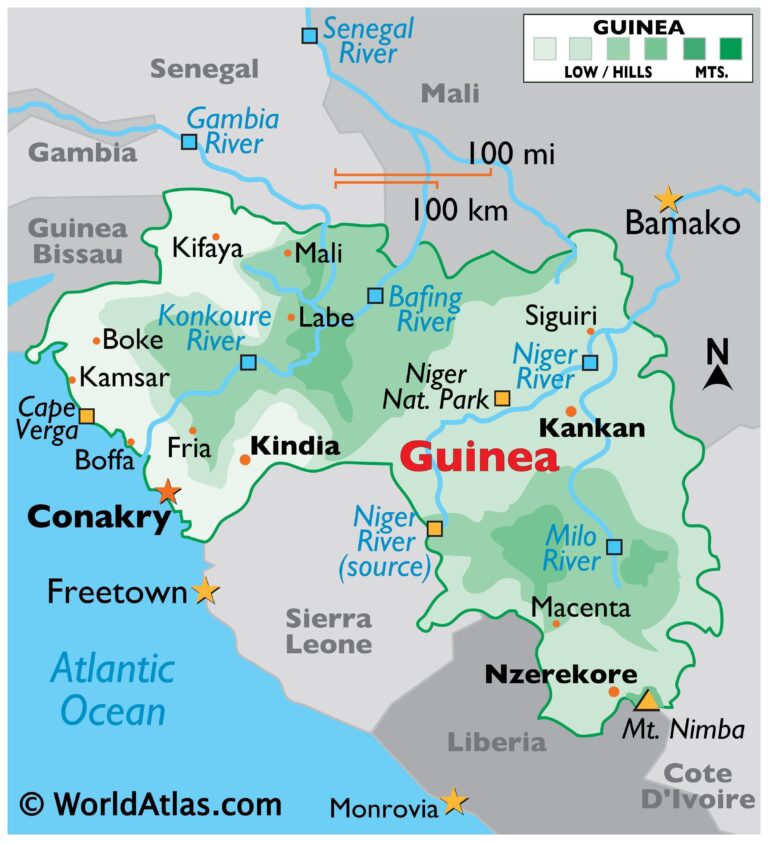Fiji Neighbouring Countries and Pacific Islands

Fiji’s Neighbouring Countries
Geographical Location of Fiji
Fiji lives it up in the vastness of the South Pacific Ocean, about 1,300 miles north of Auckland, New Zealand. Think of it as a tropical cluster bombarding your senses with over 330 islands—around 110 are rocking with life, and a wild bunch of more than 500 little islets. Neighboring pals include Vanuatu over on the west side, Tonga chillin’ to the east, and Tuvalu hanging at the north. It’s a whole island party out there!
Territorial Disputes
Believe it or not, Fiji doesn’t have any beef with its neighboring countries over land (Wikipedia). It’s all love and harmony in this corner of the world. This vibe keeps the region chill and focused, offering more time to cook up good relations and development with nearby and far-off friends.
Maritime Borders Agreement
Back in 2014, Fiji made waves by shaking hands over some serious maritime borders with Tuvalu and France (with New Caledonia tagging along). This was all about drawing clear lines in the waters to shoo away illegal fishing and make a stand for their ocean goodies (Commonwealth). Satellites added precision vibes to it, giving every partner something to smile about.
| Country | Agreement Year | Purpose |
|---|---|---|
| Tuvalu | 2014 | Stop sneaky fishing, affirm ocean rights |
| France (New Caledonia) | 2014 | Stop sneaky fishing, affirm ocean rights |
Peeking at Fiji’s waters and ally ships uncovers their strategies for keeping the South Pacific acting right. Curious about which nations rub elbows with other spots? Dive into our takes on Dominican Republic neighbouring countries, Ecuador neighbouring countries, and Egypt neighbouring countries.
Fiji’s Relations with the Commonwealth
Fiji, sitting pretty in the South Pacific, has an intriguing history when it comes to diplomacy, all the way back to when it was under British rule. Getting a handle on these relationships helps explain why Fiji holds a certain spot in international circles, especially when you look at its ties with the Commonwealth.
Historical Ties with the UK
Fiji and the UK have a long history that kicked off during the colonial days. The British ran the show from 1874 until Fiji decided to fly solo on October 10, 1970. On that very day of independence, diplomatic connections with the UK were established (Wikipedia). This relationship is built on shared historical roots and has progressed into a more current diplomatic engagement.
Today, they’re both part of several global clubs like the Commonwealth, the International Criminal Court, and the World Trade Organization. These memberships show how they’re both keen on being involved in global discussions, trade, and bringing justice worldwide.
Diplomatic Relations with Other Countries
Fiji hasn’t limited itself to historical ties; it’s been busy building bridges across the globe. The list of friends includes places like South Korea and Kosovo, and these connections are a testament to Fiji’s active role in global affairs.
After gaining independence, Fiji and South Korea kicked things off in 1970, forming friendly and cooperative ties that are still going strong (Wikipedia). This collaboration highlights Fiji’s desire to spread its wings on the international stage and buddy up with a variety of nations.
Another noteworthy moment was when Fiji tipped its hat to Kosovo on November 19, 2012, and made it official on February 13, 2013 (Wikipedia). This move showed Fiji’s support for newly independent states trying to find their place in the world.
Within the Commonwealth, Fiji has found a hub where it can rub shoulders with many countries, building bonds both one-on-one and in groups. For instance, Estonia neighboring countries and Jamaica neighboring countries also share this global linkup, symbolizing similar international connections.
Fiji has put in a lot of effort into these diplomatic adventures, enhancing its standing on the world stage and nurturing relationships that are a win-win. Delving into these intricate ties gives a clearer picture of Fiji’s influence in the Pacific and far beyond. For more context on its geopolitical neighbors, you might check out Ecuador neighboring countries and Egypt neighboring countries for some comparison.
Fiji’s Diplomatic Relations
Fiji has been busy making friends and dealing with a few awkward situations over the years. Let’s chat about a few important bits: Fiji’s handshake with Kosovo, its little squabble with Papua New Guinea, and a peek at where it’s popping embassies all over the planet.
Recognition of Kosovo
Fiji took a bold step onto the world stage by officially recognizing Kosovo as its own boss on November 19, 2012, before making it official with a fancy diplomatic nod on February 13, 2013 (Wikipedia). This move was like Fiji saying, “Hey, we’re with the cool kids who see Kosovo doing its own thing.”
Strained Relations with Papua New Guinea
Things got a bit frosty between Fiji and Papua New Guinea (PNG) when some Fijian folks were caught sneaking in and causing a ruckus on Bougainville Island (Wikipedia). Check out this list of the incidents that had the two nations giving each other the side-eye:
| Incident | Description |
|---|---|
| Illegal Entry | Fijians sneaked into PNG and were up to no good with separatist plans |
| Trade Dispute | PNG tried sending some kava to Fiji, but Fiji wasn’t having it |
| Commodity Rejection | Fiji said “no thanks” to PNG’s corned beef before |
These squabbles almost had PNG thinking about slapping some sanctions on Fiji. Talk about neighborhood drama!
Fiji’s Diplomatic Missions
Fiji’s got a pretty impressive setup of embassies and high commissions as they shuffle the diplomatic cards worldwide. These outposts help stitch together friendships and business deals. Here’s a quick look at some of Fiji’s diplomatic missions:
| Mission Type | Country |
|---|---|
| Embassy | Belgium, China, Japan, South Korea, United States |
| High Commission | Australia, India, Malaysia, Papua New Guinea, United Kingdom, New Zealand |
Curious about how other countries are getting along? Maybe sneak a peek at who Ecuador or Eritrea have been saying “hello” to lately over in their neck of the woods.
International Relations Controversies
US-Fiji Relations
Oh, the ups and downs of US-Fiji relations. It’s like a soap opera, especially around the dramatic 2006 coup in Fiji. A military takeover tossed out the elected government, and things got icy between these two countries. Even before the coup, the US wasn’t Fiji’s biggest fan, looking at their politics with some serious side-eye. But after the coup, matters just escalated, adding tension like sprinkles on a sundae. They say time heals all wounds, but it took until September 2014 for elections to take place, making those strained relations linger like a song you just can’t get out of your head.
Key Points:
- 2006: The year everything went south, relationally speaking.
- US criticism of Fiji: Turning diplomatic warmth into a deep freeze.
- 2014 elections: Finally, a glimmer of normalcy.
| Event | Impact on Relations |
|---|---|
| Pre-2006 coup grumbling | Tension on the rise |
| 2006 coup | Diplomatic ‘uh-oh’ |
| Post-2006 election delay | Cold shoulders looming |
| 2014 elections | Peace begins to peep through |
For more on the up-and-down foreign relations drama, see:
- dominican republic neighboring countries
- ecuador neighboring countries
Fiji and Republic of Korea Relations
Switching gears to a more harmonious tune, Fiji and South Korea have been friends since Fiji popped the independence cork in 1970. These two have kept things cool and cooperative, working on strengthening ties like a well-oiled machine. Thank you, Wikipedia, for confirming that, right now, they’re all good, with cooperation firing on all cylinders.
Korea’s extensions of helping hands—through development help and tech support—fit nicely into Fiji’s global dreams of positive friendships and national progress. If this friendship were a Facebook status, it’d be “thriving.”
Key Points:
- Since 1970: Friends for real.
- Relations are warm and fuzzy.
- Korea’s help: A boost for Fiji’s growth.
| Year | Event | Impact on Relations |
|---|---|---|
| 1970 | Diplomatic bonds start | Friendship blossoms |
| Ongoing | South Korea lends a hand | Ties get stronger |
For even more scoop on Fiji’s relations, check out:
- ethiopia neighboring countries
- finland neighboring countries
Dig into Fiji’s diplomatic happenings with these reads and see how their foreign relationships shape the country’s standing on the world stage. There’s a whole story behind every handshake!
History of Fiji
Colonization and Independence
Back in 1871, things started shaking in Fiji with the creation of the Kingdom of Fiji. Led by George Austin Woods and a few other strong-willed settlers and chiefs, including big man Cakobau as king, they laid down the roots for what would become a nation. But here came the drama—those valiant tries at shaping a constitutional monarchy brought along chillier vibes of doubt and money troubles. So, John Bates Thurston thought, “Hey, why not hand the islands over to our pals, the British?” October 10, 1874, they told Queen Victoria, “You’re the boss now,” and Fiji joined the British Empire’s ranks.
Fast forward through more than 90 years under British rule, October 10, 1970, rolled around, and Fiji stepped out on its own as the Dominion of Fiji. After a bit of a roller-coaster ride—thanks to a couple of coups d’état—Fiji was prom queen of Republic High in 1987. Then in 2014, the ballots came rolling in, and the FijiFirst party snagged the grand prize under the fair watch of democracy.
| Period | Event |
|---|---|
| 1871 | Kingdom of Fiji is formed |
| 1874 | Fiji becomes part of British Empire |
| 1970 | Rugby shirts all around—Fiji’s independent! |
| 1987 | Fiji becomes a republic |
| 2014 | FijiFirst party clinches the election |
Impact of European Contact
The first European who got curious about Fiji was a fella named Abel Tasman from the Netherlands, who rock up in 1643. Later on, in 1774, British guy Captain James Cook found himself at one of the southern Lau islands. Then came poor William Bligh, who mapped parts of the island in 1789 after that infamous mutiny on the HMS Bounty. All these folks planted the seeds for more Europeans checking out Fiji, eventually leading to the place looking a lot different by the time colonization rolled in.
Europeans didn’t just bring maps; their entrance stirred up heaps in Fiji. Religion, trade—swap tales for trinkets—and plenty of hustle among chiefs and newbie foreign influencers changed the local way of living. By 1874, Fiji was tossing in the monarch towel and letting the Brits take over to chill some of the pressure.
Labor System in Fiji
Starting in 1878, the labor story in Fiji took a twist when the British brought in an Indian indenture system. They imported workers from India to tend the sugarcane fields. From 1879 to 1916, roughly 61,000 folks came through under this deal. Plenty liked Fiji so much, they stuck around even after their work terms wrapped up.
This wave of Indian laborers forever shaped Fiji. Their influence and culture became a thread in the island’s tapestry, bringing flavors, colors, and some Bollywood to the mix. Today, Fiji stands tall as a multicultural paradise, with Indian heritage giving it a rhythm all its own.
Curious about how geography shapes the vibe in other places? Jump over to some articles on Dominican Republic Neighbors, or jet over to chats about Ecuador Neighboring Countries and Egypt Neighboring Countries for some extra travel inspiration.
Economic Repercussions on Neighboring Countries
The ongoing Russia-Ukraine situation isn’t just a local issue—it’s sending economic shockwaves far and wide. Let’s dig into how this conflict is shaking up things across different regions.
Russia-Ukraine Conflict
Russia and Ukraine’s neighbors are feeling the heat with trade hiccups, supply chain chaos, and a flood of refugees. Here’s how it’s hitting the wallet:
| What? | How Bad? |
|---|---|
| Trade Chaos | Downward spiral in trade and tangled up supply chains. |
| Financial Freakout | More volatility and panic in financial arenas. |
| Refugee Rush | Strain on countries juggling an influx of refugees. |
Effects on Middle East and North Africa
Over in the Middle East and North Africa, folks are grumbling about steep prices for grub and gas, and finances tightening up worldwide. For example, places like Egypt are getting clobbered with their wheat imports all tangled. Tourists are too scared to visit, leaving a hole in the coffers.
| Place | Problem |
|---|---|
| Egypt | Wheat woes and tourism taking a dip. |
| MENA Region | Shelling out more for food and fuel. |
Impacts on Sub-Saharan Africa
Sub-Saharan Africa’s cereal bowl is in a twist. They buy 85% of their wheat from overseas, a chunk from Russia and Ukraine. Now, they’re forced to cough up more dough due to soaring prices.
| What’s Affected | What’s Happening |
|---|---|
| Wheat | Record prices making food pricier. |
Hit the link to see how other African regions are managing: eritrea neighbouring countries.
Partnerships in the Caribbean
In the Caribbean, teamwork with global groups like the IMF is key to leveling the financial playing field. The goal? Handle money wobbles and keep things steady (IMF).
Consequences in Asia and the Pacific
Asia and the Pacific managed to dodge a direct hit from the conflict, but it’s still a bumpy ride thanks to slower economies in Europe and beyond. Nations importing loads of petroleum—think ASEAN economies, India, and some Pacific Islands—are feeling the pinch.
| Area | Trouble |
|---|---|
| Asia | Sluggish growth with economic bottlenecks. |
| Pacific Islands | Petrol prices pressing hard. |
Curious about how other regions are fairing? Check out more on jamaica neighbouring countries and guyana neighbouring countries.
These economic side effects highlight how interconnected we are globally and underscore the need for regional cooperation to keep the ship steady amid these choppy waters.



